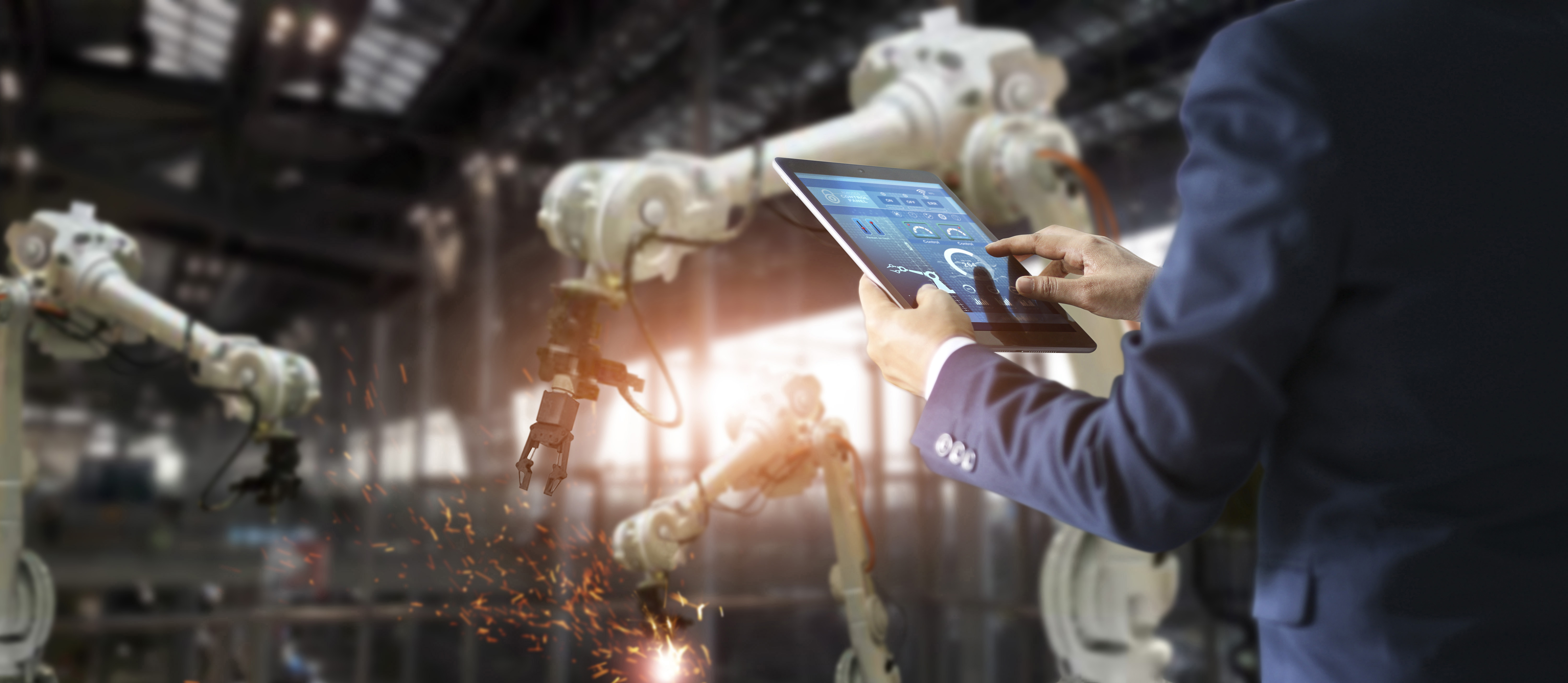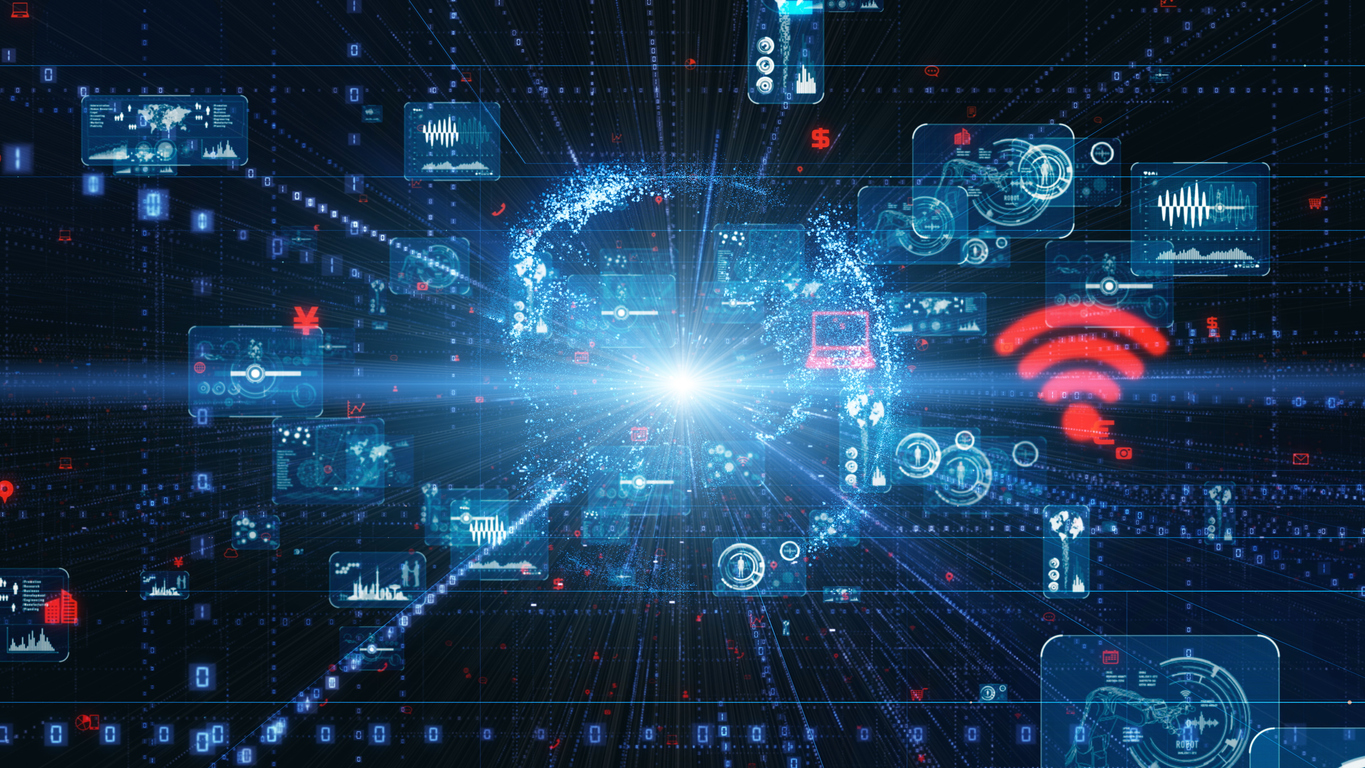Privacy Policy
Cookie Preferences
We use cookies and other tracking technologies to improve your browsing experience on our website, show you personalised content, and analyse our website traffic. Privacy Policy
We use cookies and other tracking technologies to improve your browsing experience on our website, show you personalised content, and analyse our website traffic. Privacy Policy



The fusion of Artificial Intelligence (AI) with Internet of Things (IoT) connectivity marks a significant milestone in technological advancement, promising unparalleled efficiency and functionality across industries. This combination, often referred to as AIoT, introduces a world where AI's autonomous decision-making capabilities match seamlessly with IoT's interconnectedness, propelling us into a future of unprecedented innovation and automation. However, this partnership isn't without its complexities and obstacles.
In recent years, the integration of AI and IoT has gathered significant attention, promising to revolutionise various industries. AI, with its ability to learn and make decisions autonomously, and IoT, facilitating seamless connectivity among devices, form a powerful synergy known as AIoT. This convergence presents opportunities to enhance efficiency, improve processes, and unlock new capabilities across sectors.
AI plays a pivotal role in enhancing IoT connectivity by enabling devices to analyse vast amounts of data and derive actionable insights. From predictive maintenance in manufacturing to personalised user experiences in smart homes, AI empowers IoT devices to make informed decisions and automate processes. However, this integration poses challenges, including managing the sheer volume of data, ensuring security, and optimising energy usage.
Real-world applications of AI in IoT span various industries and domains, leveraging the power of artificial intelligence to enhance efficiency, automation, and decision-making. Here are some notable examples:

|
Smart Homes: AI-powered IoT devices can learn user preferences and adjust home settings accordingly, such as controlling lighting, thermostats, and entertainment systems. Voice assistants like Amazon Alexa and Google Assistant utilise AI algorithms to understand and respond to user commands. Predictive Maintenance: In industrial settings, IoT sensors monitor equipment performance, while AI algorithms analyse data to predict potential failures and schedule maintenance proactively. This approach reduces downtime, lowers maintenance costs, and enhances overall equipment effectiveness. Healthcare: Wearable IoT devices equipped with AI algorithms continuously monitor patients' vital signs and health metrics. AI-powered analytics can detect anomalies and trends in patient data, enabling early detection of health issues and personalised treatment plans. Smart Cities: AI-enabled IoT systems optimise urban infrastructure and services, improving efficiency and sustainability. Traffic management systems use AI to analyse real-time data from sensors and cameras, optimising traffic flow and reducing congestion. Smart energy grids balance supply and demand, optimising energy consumption and reducing wastage. Agriculture: IoT devices collect data on soil moisture, weather conditions, and crop health, while AI algorithms analyse this data to optimise irrigation, fertilisation, and pest control. Precision agriculture techniques improve crop yields, reduce resource usage, and mitigate environmental impact. Manufacturing: AI-powered IoT systems revolutionise manufacturing processes, enabling predictive quality control, supply chain optimisation, and autonomous production. Robotics and automation technologies driven by AI enhance efficiency, safety, and flexibility on the factory floor. Energy Management: AI-driven IoT solutions optimise energy generation, distribution, and consumption in the energy sector. Smart meters and grid sensors collect data on energy usage and grid performance, while AI algorithms analyse this data to balance supply and demand, integrate renewable energy sources, and prevent grid failures. |
As AI and IoT technologies continue to evolve and converge, we can expect even more groundbreaking applications to emerge, reshaping industries and shaping the future of connectivity and automation.
While AI holds tremendous potential for enhancing IoT resilience, several challenges must be addressed. The cost of implementing AI solutions, coupled with the need for scalability and energy efficiency, presents significant hurdles. Additionally, ensuring data privacy and security remains paramount, especially in interconnected ecosystems where sensitive information is exchanged.
Opportunities:Predictive Maintenance: AI enables proactive identification of maintenance needs, reducing downtime and costs. |
Challenges:Costly Implementation: Integrating AI into IoT infrastructure requires substantial investment in technology and resources. |
Resilience IoT connectivity stands as a top concern, especially in critical applications where downtime can result in significant disruptions and losses. Leveraging AI to fortify IoT resilience is still a theoretical proposition more than a practical necessity in today's interconnected world. In theory, if we can leverage AI to predict outages, and analyse historical data, network traffic patterns, and other relevant parameters, then network administrators can take proactive measures to prevent or mitigate the impact of connectivity outages.
In other cases, Intelligently-driven algorithms offer the potential to detect anomalies, and even autonomously solve issues before they escalate into full-fledged disruptions.
Innovative solutions like rSIM can continuously monitor IoT networks, swiftly identifying deviations from normal operation patterns. This early detection enables the SIM to autonomously take pre-emptive measures, such as switching to the second(backup) core network profile, to maintain uninterrupted connectivity. While not currently implemented, the architecture could potentially incorporate machine learning algorithms for more nuanced decision-making in the future.

AI plays a crucial role in enhancing security within IoT ecosystems to reduce cyber threats and safeguard sensitive data. By employing AI-driven anomaly detection techniques, organisations can identify and thwart malicious activities, ensuring the integrity and confidentiality of IoT communications.
As we continue deeper integrate AI with IoT connectivity, it becomes increasingly evident that AI holds the key to unlocking resilience and reliability in our interconnected systems. By harnessing the transformative potential of AI-driven insights and automation, organisations can navigate the complexities of IoT connectivity with confidence, ensuring seamless operations and unlocking new opportunities for innovation and growth.
As AI and IoT technologies continue to evolve, the future holds immense promise for interconnected ecosystems. Innovations such as autonomous vehicles, smart cities, and AI-driven robotics are poised to reshape industries and redefine human interaction with technology. However, addressing ethical, privacy, and scalability concerns will be crucial in realising the full potential of AI-enabled IoT applications.
While the integration of AI into IoT connectivity presents challenges, the opportunities for innovation and advancement are vast. By addressing key considerations and leveraging AI to enhance resilience and efficiency, we can harness the transformative power of AIoT to drive progress and lead in a new era of connectivity.
Speak to one of our critical connectivity experts to learn more about our connectivity solutions: